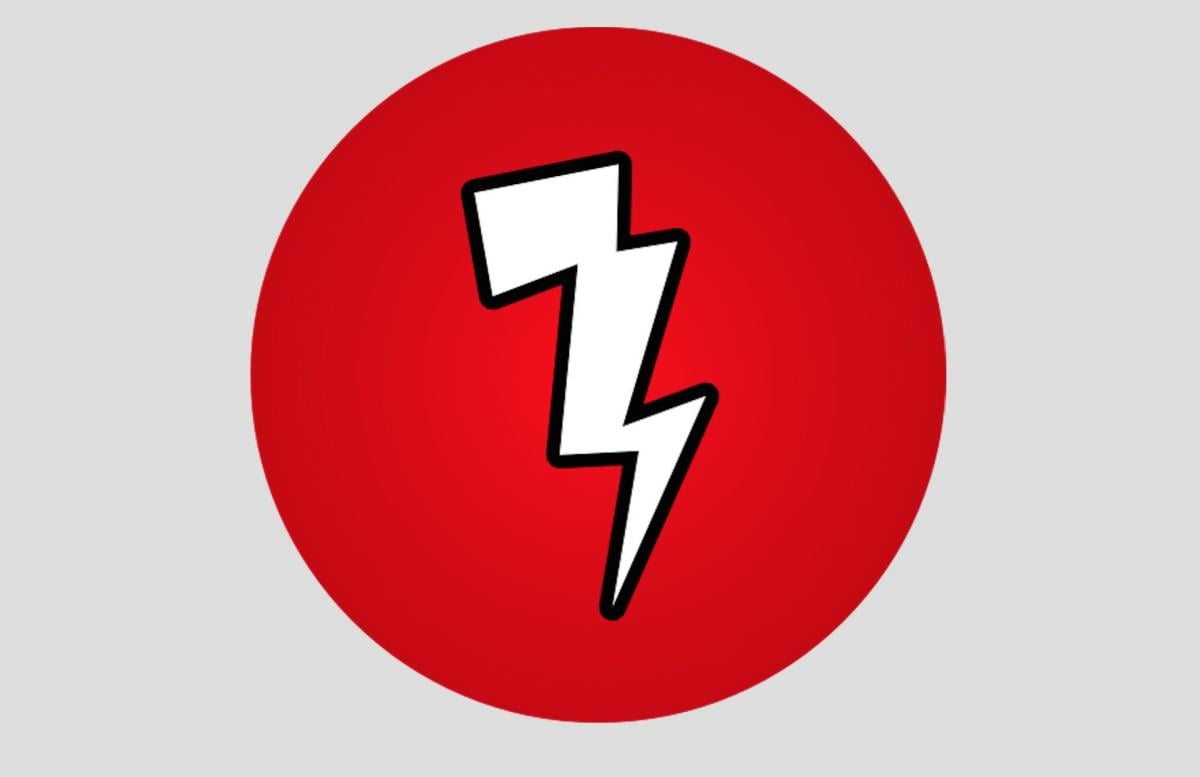

And sometimes the Mac starts flip-flopping. It doesn't matter if it is USB or FW or TB. In rare cases it creates a sync problem with audio interfaces when it switches. On most macs, it doesn't switch when you're working in a DAW. The problem is the CPU frequency switching. I've used it on a few macs I couldn't get stable audio on otherwise. You have to have some mayhem going on to even compare these settings. Small projects run with no issues even with buggy plugins that might start to show problems in a large project. Again, this was tested with a mix with over 200 tracks up and a number of 3rd party plugins that Reaper clearly doesn't like (Universal Audio). (In direct contrast to conventional wisdom for DAW setup.) I have since seen this one argued back and forth and I honestly kind of forgot about it since everything works and I'm not sure even how to max out the system with audio work beyond using known buggy plugins. When I compared this it seemed to ring true. It was the general recommendation to disable hyperthreading and enable all core use because Reaper likes to manage it's own multicore use. The secret is to disable AfxP for any track with an incompatible 3rd party plugin inserted.Īround the time I discovered that bit I also turned hyperthreading off and set the CPU core use from 1 to the number of physical cores (8 in my case). Turning AfxP off globally however is throwing the baby out with the bathwater. The telltale for that is crashy behavior with nowhere near full CPU use.
The only near show stopper I experienced was 3rd party plugins that don't work with Reaper's anticipative fx processing feature. Either the 36 input rig for live sound + multitrack recording or studio projects with 200-300 tracks and plugins with HD audio and 5.1 mixing. I also have a Mac Pro (2009 model in signature) and I haven't found a way to max it out with audio yet. I haven't actually investigated closely myself when/if/what conditions turbo boost kicks in normally when using Reaper. Is the link really only given in a youtube video? People usually do that when trying to hide things that otherwise get taken down quickly.Īnother of the premises is the stock OSX fan control will no longer work with this utility installed?! Don't like the sound of that! So this utility overrides whatever that restriction is? The premise seems to be that some apps will for some reason not let turbo boost engage normally when the demand comes up. To be honest, though, even Logic Pro X doesn’t really need the extra CPU power when I use it, so I keep Turbo Boost disabled pretty much all the time.Well, I initially see a lot of red flags here. But I also use it for recording and editing music, which can be more processor-intensive. My MacBook usage is fairly undemanding - mostly writing and reading. I have the pro version of Turbo Boost Switcher running, and it does what it’s meant to do: It keeps the MacBook Pro cool while I use it. I’m used to old desktop Macs and new iPads, so I’m probably overly sensitive to feeling the heat coming out of a computer. For instance, if you know that Photoshop needs all the CPU power it can get, you can tell Turbo Boost Switcher to keep Turbo Boost enabled whenever you use the photo-editing app. You also can tell it to allow Turbo Boost for certain apps. It can disable Turbo Boost only when on battery power, for example, or when the cooling fans spin up to a certain speed. You can set the pro version of the app to enable and disable Turbo Boost based on several rules. Automatic Turbo Boost switching Turbo Boost Switcher’s automation settings.


 0 kommentar(er)
0 kommentar(er)
